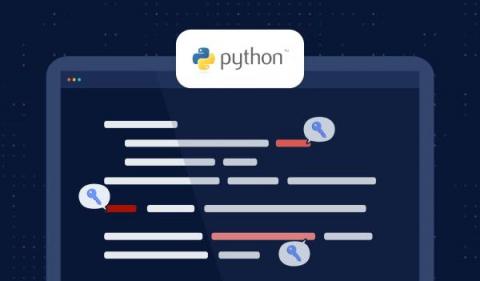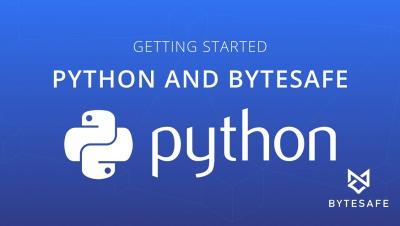Security | Threat Detection | Cyberattacks | DevSecOps | Compliance
Python
How to Ingest Data into Falcon LogScale Using Python
This post covers how to ingest data into CrowdStrike Falcon® LogScale from your MacOS platform using Python. This guide is great for setting up a one-node proof of concept (POC) so you can take advantage of LogScale’s free trial. Before you can write your ingest client, you must prepare a good foundation. That means preparing your MacOS instance via the following steps: Ready? Let’s get started.
The dangers of setattr: Avoiding Mass Assignment vulnerabilities in Python
Mass assignment, also known as autobinding or object injection, is a category of vulnerabilities that occur when user input is bound to variables or objects within a program. Mass assignment vulnerabilities are often the result of an attacker adding unexpected fields to an object to manipulate the logic of a program.
CSPRNG: Random algorithms need security too!
If I throw a coin high up in the air, I know the outcome — it will either be heads or tails. However, I can’t predict which it will be. I will certainly be able to guess with a 50% chance, but I can’t be 100% certain. If I were to roll a die, my certainty becomes less (1 in 6). However, I still know what the output could be. Computers are great at many things, especially predictability. They are deterministic and creating a truly random number is impossible.
Using Python libraries for secure network communication
Python is a popular and powerful programming language that is often used for building web applications, data analysis, and automation. One of the key challenges in such projects is ensuring the security of network communication, which can be vulnerable to various threats such as man-in-the-middle attacks and eavesdropping. Fortunately, Python offers a range of libraries for encrypting and securing network communication.
How to Handle Secrets in Python
DevOps engineers must handle secrets with care. In this series, we summarize best practices for leveraging secrets with your everyday tools.
4 Reasons why Python libraries are not secure
The Don’t Repeat Yourself (DRY) Principle is one of Python’s most used software development principles. It aims to reduce the repetition of software patterns and algorithms by using package libraries and boilerplate templates to improve product release efficiency.
Getting Started using Python and Bytesafe
How to write tests in Python using doctest
As developers, we often write test cases and comments to explain our code. Commenting improves the codebase’s readability and quality. Detailed comments can remind us why we implemented a specific functionality. They can also help other programmers understand, maintain, use, and expand codebases.










